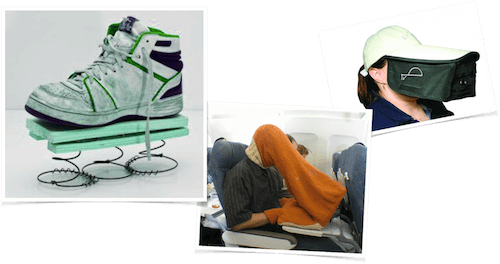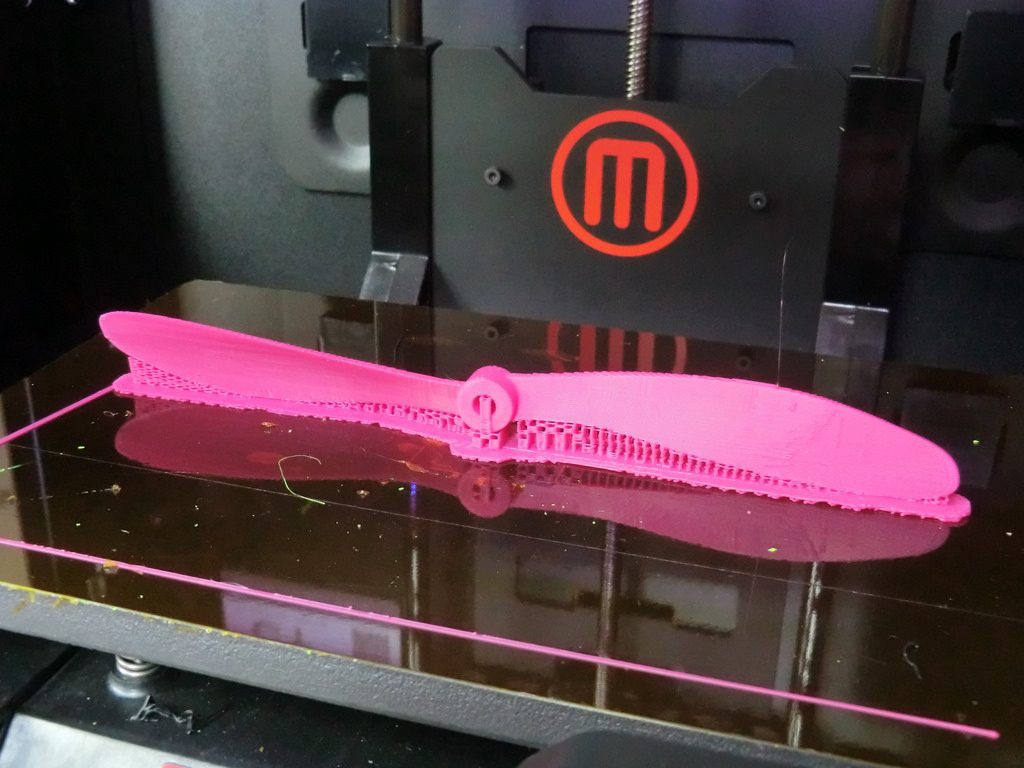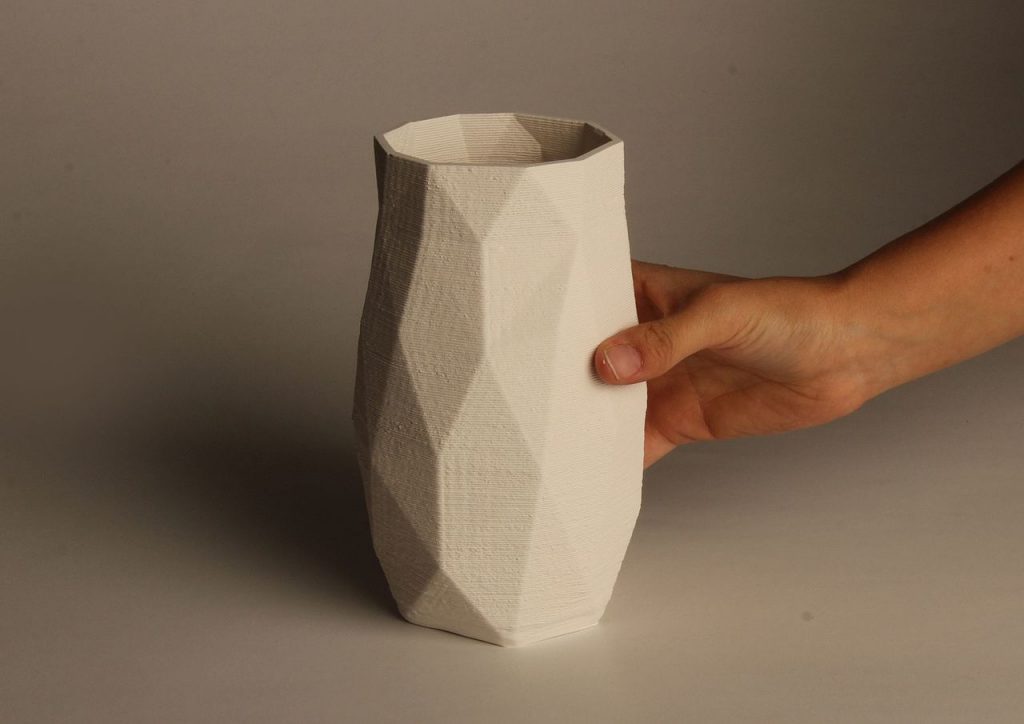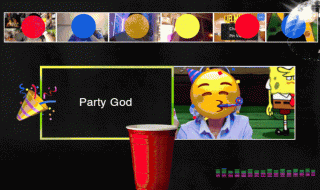
What’s business all about? It can’t just be about making money right? Business is about an idea. The baker who wants to show off his bread, the businessman who has found the gap, the educator who wants to teach. It all begins with the initial idea.
A prototype is a preliminary model or sketch of a product that is used to test its design and functionality. It is an essential step in the product development process, as it allows you to identify and address any potential problems before you commit to mass production.
There are many different ways to create a prototype, depending on the complexity of your product. For simple products, you may be able to create a prototype yourself using basic materials and tools. For more complex products, you may need to hire a professional to create a prototype for you.
Once you have created a prototype, it is important to test it thoroughly. This will help you to identify any potential problems with the design or functionality of your product. You can test your prototype yourself or with a group of potential users.
Once you have tested your prototype and addressed any potential problems, you can then move on to the next step in the product development process, which is mass production.
Here are some tips for perfecting your prototype product:
- Start with a clear understanding of your product’s requirements. What are the key features of your product? What are the specific needs of your target market?
- Create a prototype that is as close to the final product as possible. This will help you to identify and address any potential problems early on.
- Test your prototype thoroughly. This is essential to ensure that your product meets the needs of your target market and functions as intended.
- Get feedback from potential users. This can help you to identify any areas that need improvement.
- Be prepared to make changes to your prototype based on feedback. This is an iterative process, so don’t be afraid to make changes as needed.
By following these tips, you can perfect your prototype product and ensure that it is ready for mass production. We can go right back to the famous golden arches of McDonalds for a good example – the people behind one of the biggest businesses in the world started out with a simple idea – to bring food to people anywhere as speedily as possible. Mark Zuckerberg’s FaceBook was built on the idea of having stupid fun at college until it morphed. Everything big starts with a tiny idea. The idea is so very important in business. You see, the idea is how you get people to believe in your business. Customers need to believe in products so they can part with their hard earned money to purchase it. They need to believe in it so they can keep coming back and buying and buying.
The idea is also the pitch – which again, is the exact same principle of getting people to believe in your product. The pitch requires you to ask investors to believe in your product so they can part with their hard earned money so that the product can be made and eventually get customers to part with their money. The cycle is almost the same, but pitches are harder – how do you get people to part with money on the basis of an idea? They are paying for imagination! The answer? A prototype product.

A prototype isn’t just embellishment of an idea – it is the fully physical embodiment of an idea. It is a dream realized. It is much easier to ask investors to back something that exists, rather than nothing at all (which is what an idea is, in real life). If your idea is one of a kind, then great – you’ve got a headstart! However, every idea could do with help and prototype is how things can be taken into your own hands.

A prototype must be made and while it can be quite rudimental, making it look, and function, as close to the idea as possible is key. If your prototype is a dummy, that’s good – but imagine if it was the fully fledged thing? Those are the two paths you can take here and both will require all the creativity you can muster.

How We Use Prototyping, And How It Made Us More Efficient
Prototypes have been made from socks and cardboard or out of micro fibre laser printed plastic – both have their clear benefits… A prototype just has to be something real. You can make a prototype at home and make a good one with the aid of a 3D printer, but for higher concepts you might need help from actual designers to see how laser drilling can help bring your ideas to reality with precision. A professional touch could make the difference in the pitch!
If you’ve got an idea – it’s worth bringing it to reality with the aid of true design and a prototype, otherwise it might just stay in your head.




